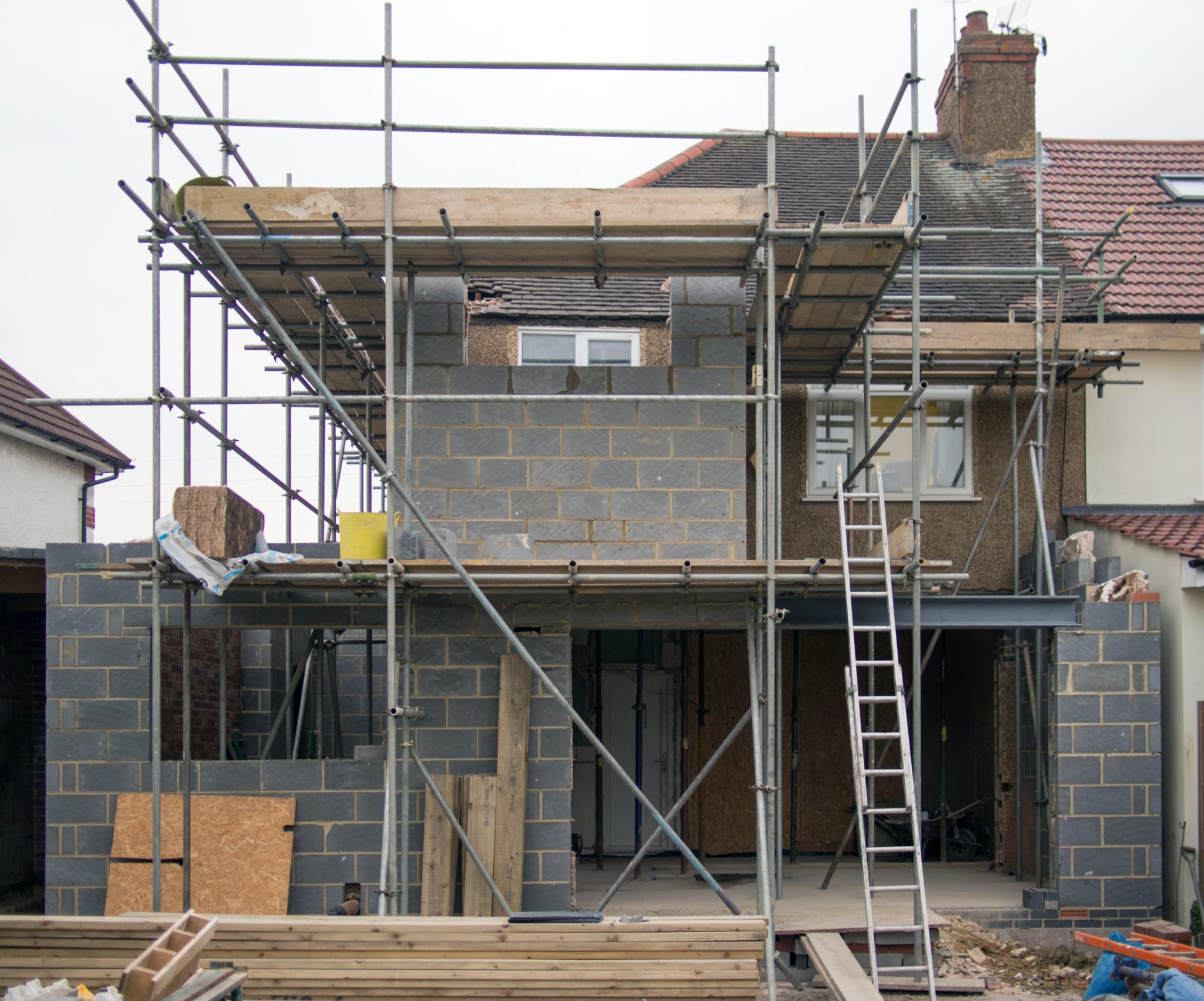
In this ultimate guide to building a sustainable home, you need to remember it is a complex process that requires careful planning, collaboration with professionals, and adherence to local building codes and regulations.
From this ultimate guide to building a sustainable home you will find tips from the pre-planning process to waste management tips. Also with helpful tips to manage and optimise the energy efficiency of the building.
We can help continuously educate you on the latest sustainable building practices and technologies to make informed decisions throughout construction.
Let’s build an eco-friendly home together!
1. Pre-Construction Planning:
- Define your goals and priorities for sustainability in your home.
- Research sustainable building practices, local regulations, and incentives.
- Consult with architects, builders, and sustainability experts to develop a sustainable design plan.
2. Site Selection and Design:
- Choose a site that maximises natural resources like sunlight, wind, and views.
- Optimise the building’s orientation to make the most of solar heat gain and natural ventilation.
- Design the layout to minimise energy loss and promote efficient use of space.
3. Energy Efficiency:
- Insulate the building envelope (walls, roof, and foundation) using high-quality, sustainable insulation materials.
- Install energy-efficient windows and doors with low U-values and proper sealing.
- Include shading devices like awnings or overhangs to control solar heat gain during summer.
- Use energy modeling software to assess and improve the building’s energy performance.
- Install energy efficient heating and hot water systems, like Air Source heat pumps and ground source heat pumps. Find out more about heat pumps are revolutionising UK homes.
4. Renewable Energy:
- Evaluate the feasibility of integrating renewable energy systems like solar panels or wind turbines.
- Determine the appropriate size and capacity of the system based on your energy needs and available resources
- Work with qualified professionals to design and install the renewable energy system correctly.
- Find out more information on how solar panels can benefit your home – https://builditgreen.xyz/blog/shining-a-light-on-solar-panels/
5. Water Efficiency:
- Design a water-efficient plumbing system that includes low-flow fixtures, dual-flush toilets, and water-saving shower heads.
- Consider installing a rainwater harvesting system to collect and store rainwater for non-potable uses.
- implement grey water systems to reuse water from sinks, showers, and laundry for irrigation.
6. Sustainable Materials:
- Select sustainable and eco-friendly materials for construction.
- Prioritise locally sourced materials to minimise transportation emissions.
- Use materials with high recycled content and those that can be recycled at the end of their lifespan.
- Consider using sustainable alternatives like bamboo flooring, reclaimed wood, or recycled metal.
7. Waste Management:
- Develop a waste management plan for the construction phase, emphasising recycling and reducing waste.
- Establish designated areas for sorting and storing recyclable materials.
- Donate usable construction materials to local charities or recycling centers.
- Consider deconstructing rather than demolishing existing structures to salvage materials.
8. Indoor Air Quality:
- Ensure proper ventilation throughout the home to provide a healthy indoor environment.
- Choose non-toxic, low-VOC paints, adhesives, and finishes to minimise indoor air pollution.
- Install high-efficiency air filters to improve indoor air quality.
- Incorporate indoor plants that naturally filter the air and contribute to a healthier living environment.
9. Landscaping and Outdoor Spaces:
- Design a water-efficient landscape using native plants that require less water and maintenance.
- Implement efficient irrigation systems like drip irrigation or smart sprinkler systems.
- Use permeable surfaces for driveways and walkways to minimise stormwater runoff.
- Create outdoor living spaces that optimise natural shade and reduce the need for excessive cooling.
10. Monitoring and Automation:
- Install energy monitoring systems to track and analyse energy usage.
- Consider smart home automation systems that optimise energy consumption and control various aspects of the home efficiently.
- Use programmable thermostats and smart lighting systems to reduce energy waste. Find out the best ways to save money on your gas bills
- Monitor water usage and implement smart irrigation controllers to ensure efficient water management.


